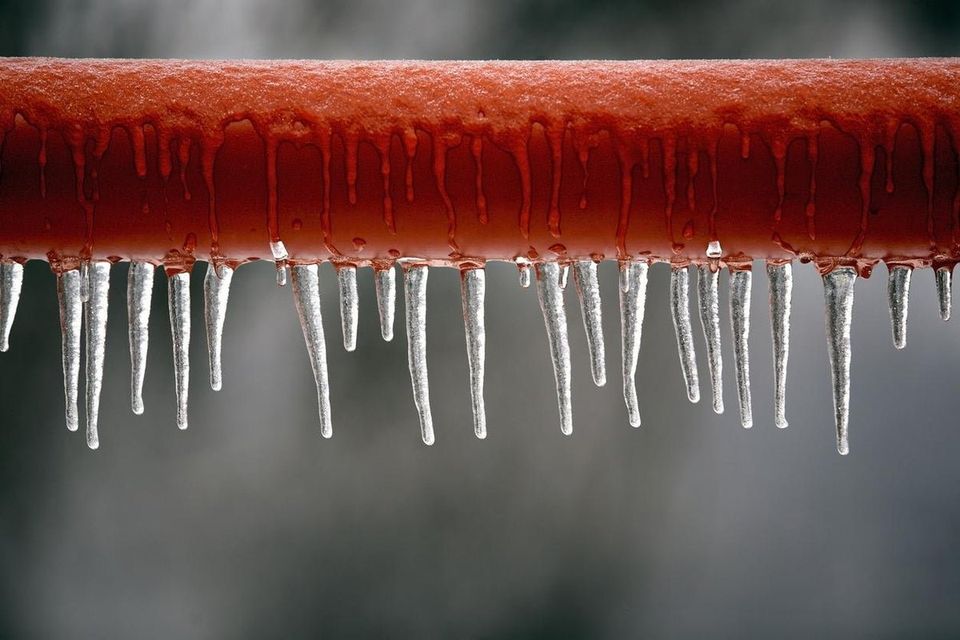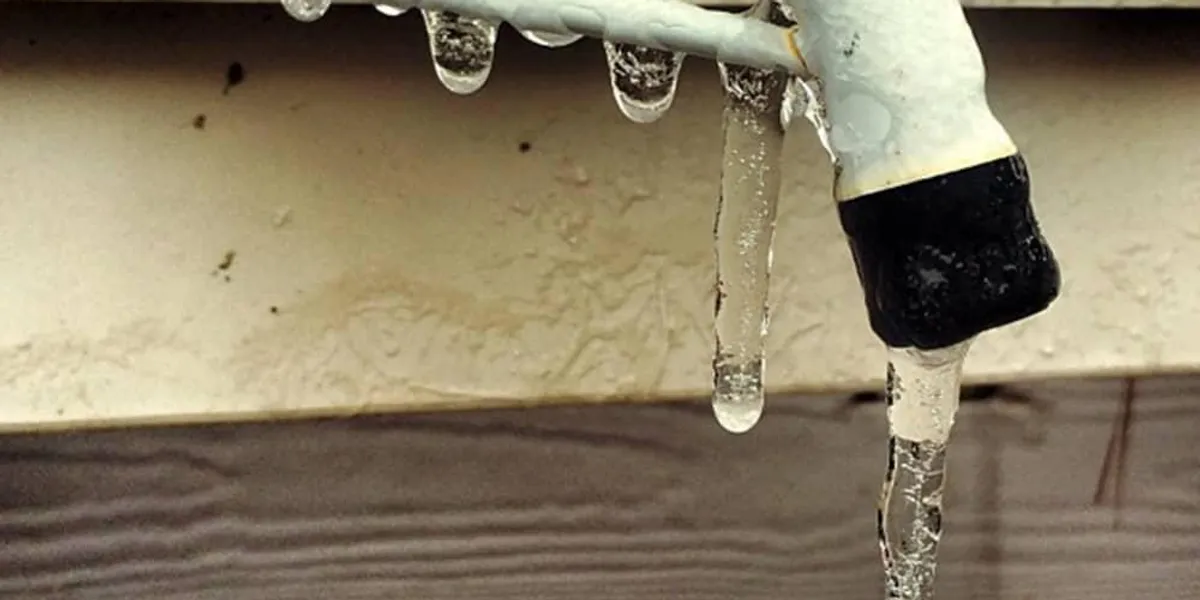Protect Against Frozen Pipes in Cold Weather: Professional Tips
Protect Against Frozen Pipes in Cold Weather: Professional Tips
Blog Article
This article below on the subject of Winter Plumbing Precautions: Preventing Frozen Pipes is relatively enjoyable. You should look it over.

Winter can wreak havoc on your plumbing, particularly by freezing pipelines. Here's exactly how to prevent it from taking place and what to do if it does.
Intro
As temperature levels decrease, the danger of icy pipes rises, potentially resulting in costly fixings and water damages. Comprehending exactly how to stop icy pipelines is vital for property owners in cool climates.
Prevention Tips
Protecting at risk pipelines
Wrap pipelines in insulation sleeves or utilize warmth tape to protect them from freezing temperature levels. Concentrate on pipes in unheated or outside locations of the home.
Heating strategies
Keep interior spaces adequately heated, especially locations with plumbing. Open cabinet doors to enable cozy air to flow around pipes under sinks.
Exactly how to identify frozen pipes
Look for decreased water circulation from taps, unusual smells or noises from pipelines, and visible frost on exposed pipes.
Long-Term Solutions
Structural changes
Consider rerouting pipelines away from outside wall surfaces or unheated areas. Add added insulation to attic rooms, cellars, and crawl spaces.
Upgrading insulation
Invest in high-quality insulation for pipes, attics, and walls. Correct insulation aids keep regular temperature levels and reduces the risk of frozen pipelines.
Safeguarding Outdoor Pipes
Garden hose pipes and exterior faucets
Disconnect and drain garden tubes prior to winter months. Mount frost-proof spigots or cover outside faucets with shielded caps.
Understanding Icy Pipes
What triggers pipes to freeze?
Pipes ice up when subjected to temperatures below 32 ° F (0 ° C) for expanded durations. As water inside the pipes ices up, it increases, taxing the pipeline wall surfaces and potentially causing them to rupture.
Risks and problems
Frozen pipes can bring about water supply disruptions, property damage, and costly repair services. Ruptured pipes can flood homes and trigger extensive architectural damages.
Indicators of Frozen Piping
Determining frozen pipes early can prevent them from bursting.
What to Do If Your Pipes Freeze
Immediate activities to take
If you believe frozen pipes, keep taps available to eliminate pressure as the ice melts. Make use of a hairdryer or towels taken in hot water to thaw pipelines slowly.
Final thought
Avoiding icy pipes calls for positive actions and fast actions. By comprehending the reasons, indicators, and safety nets, homeowners can protect their pipes throughout cold weather.
5 Ways to Prevent Frozen Pipes
Drain Outdoor Faucets and Disconnect Hoses
First, close the shut-off valve that controls the flow of water in the pipe to your outdoor faucet. Then, head outside to disconnect and drain your hose and open the outdoor faucet to allow the water to completely drain out of the line. Turn off the faucet when done. Finally, head back to the shut-off valve and drain the remaining water inside the pipe into a bucket or container. Additionally, if you have a home irrigation system, you should consider hiring an expert to clear the system of water each year.
Insulate Pipes
One of the best and most cost-effective methods for preventing frozen water pipes is to wrap your pipes with insulation. This is especially important for areas in your home that aren’t exposed to heat, such as an attic. We suggest using foam sleeves, which can typically be found at your local hardware store.
Keep Heat Running at 65
Your pipes are located inside your walls, and the temperature there is much colder than the rest of the house. To prevent your pipes from freezing, The Insurance Information Institute suggests that you keep your home heated to at least 65 degrees, even when traveling. You may want to invest in smart devices that can keep an eye on the temperature in your home while you’re away.
Leave Water Dripping
Moving water — even a small trickle — can prevent ice from forming inside your pipes. When freezing temps are imminent, start a drip of water from all faucets that serve exposed pipes. Leaving a few faucets running will also help relieve pressure inside the pipes and help prevent a rupture if the water inside freezes.
Open Cupboard Doors
Warm your kitchen and bathroom pipes by opening cupboards and vanities. You should also leave your interior doors ajar to help warm air circulate evenly throughout your home.

I discovered that blog post on Winter Plumbing Precautions: Preventing Frozen Pipes when doing a search on the internet. Appreciated our write-up? Please quickly share it. Help someone else find it. Kudos for your time. Don't hesitate to stop by our blog back soon.
Estimate Free Report this page